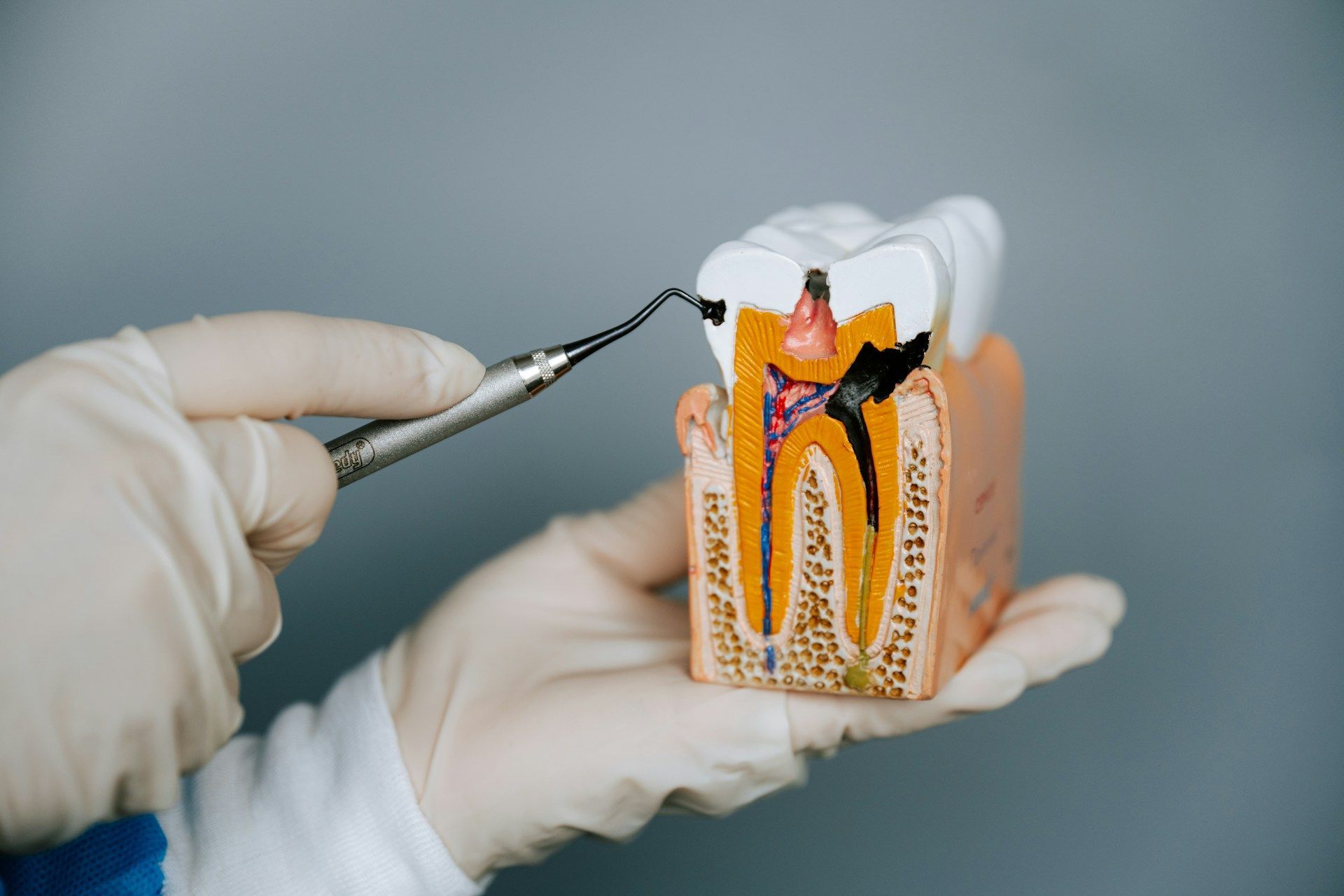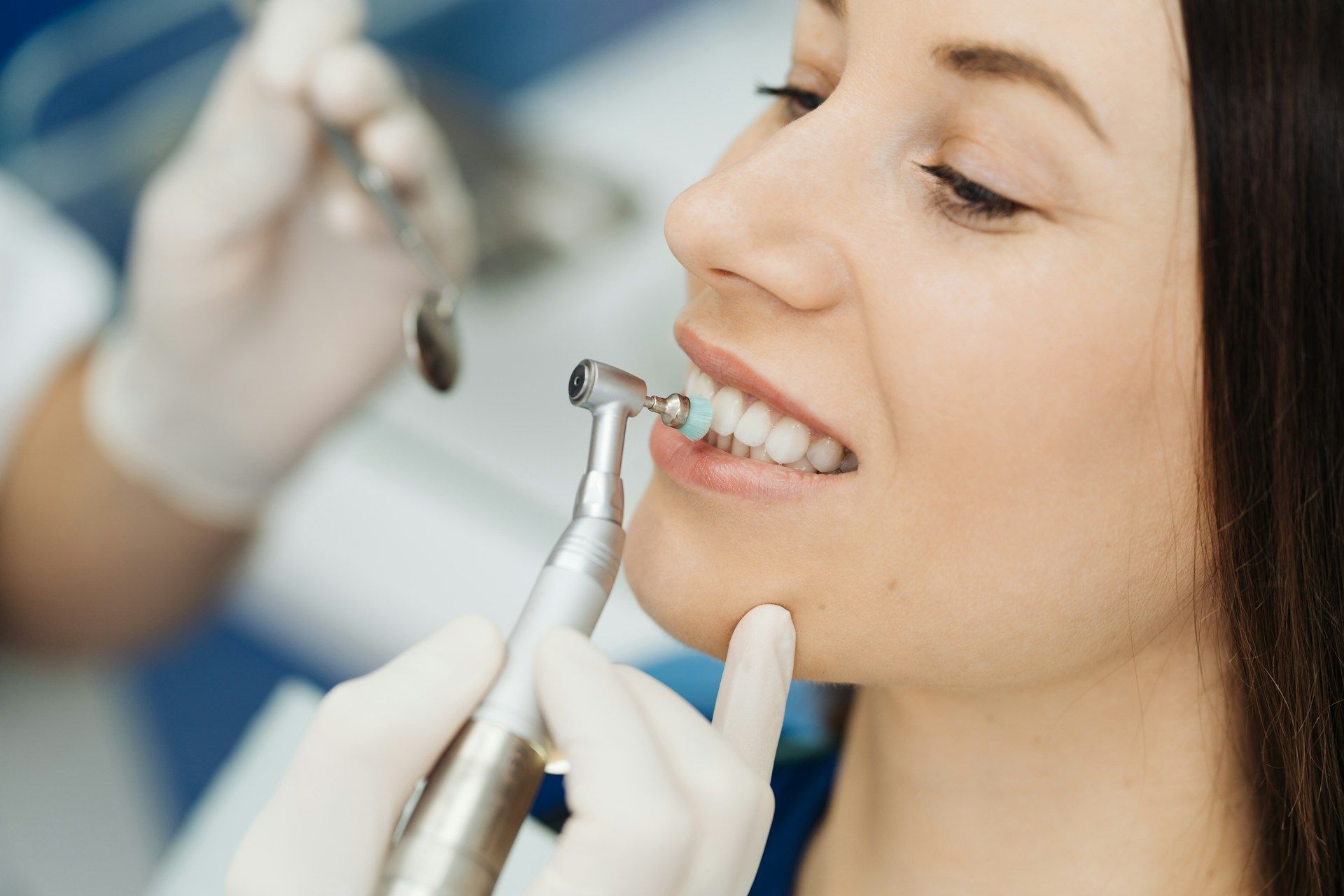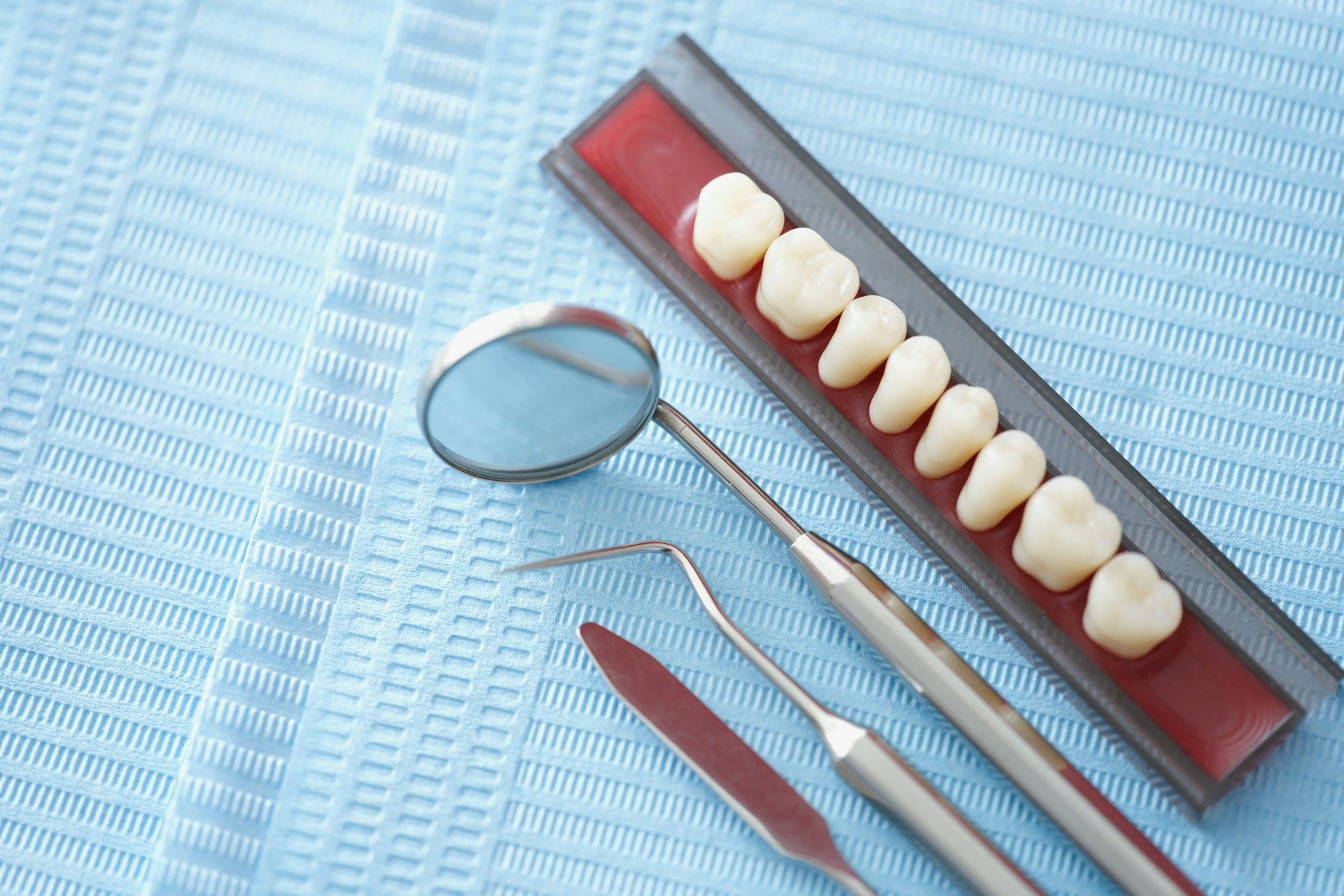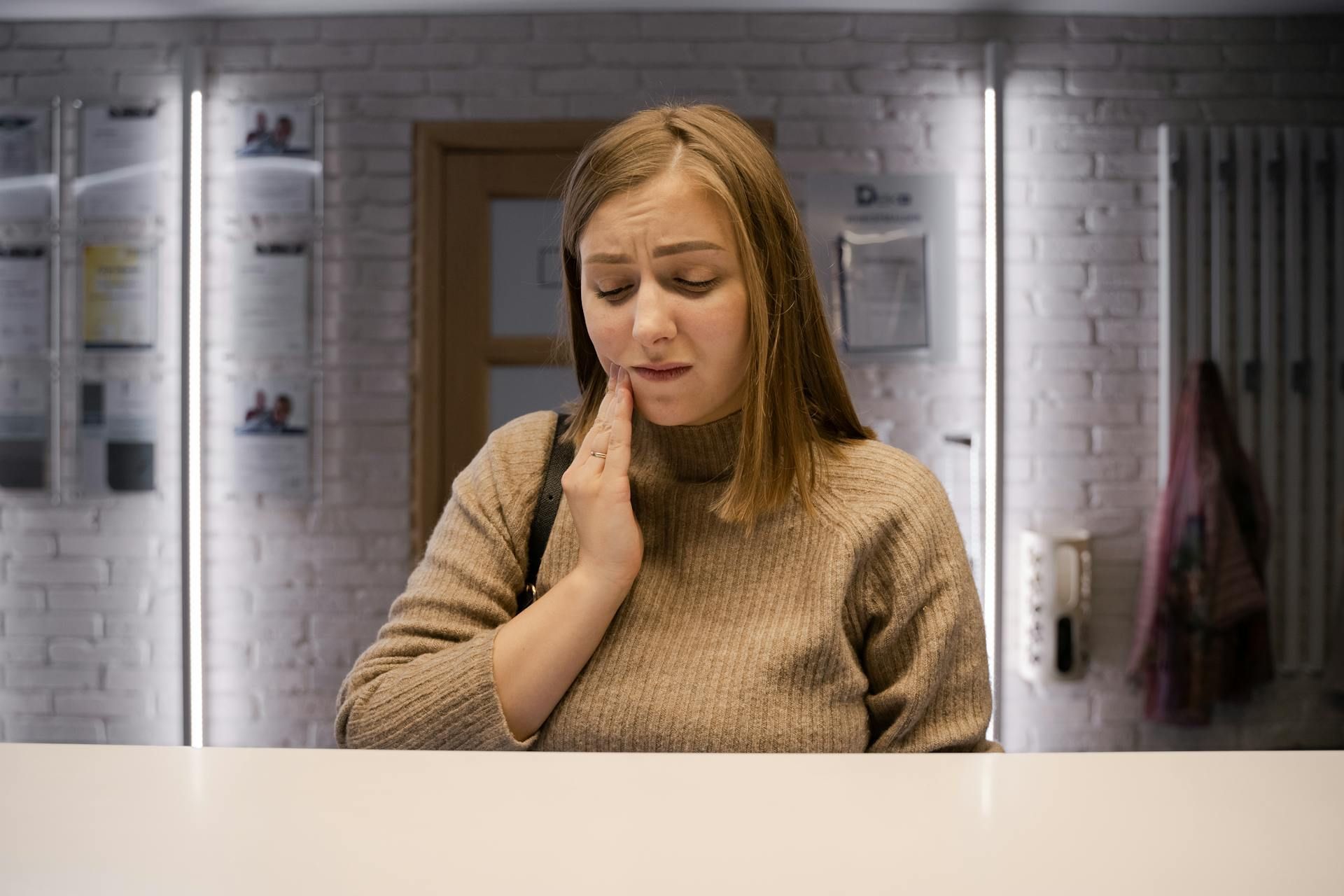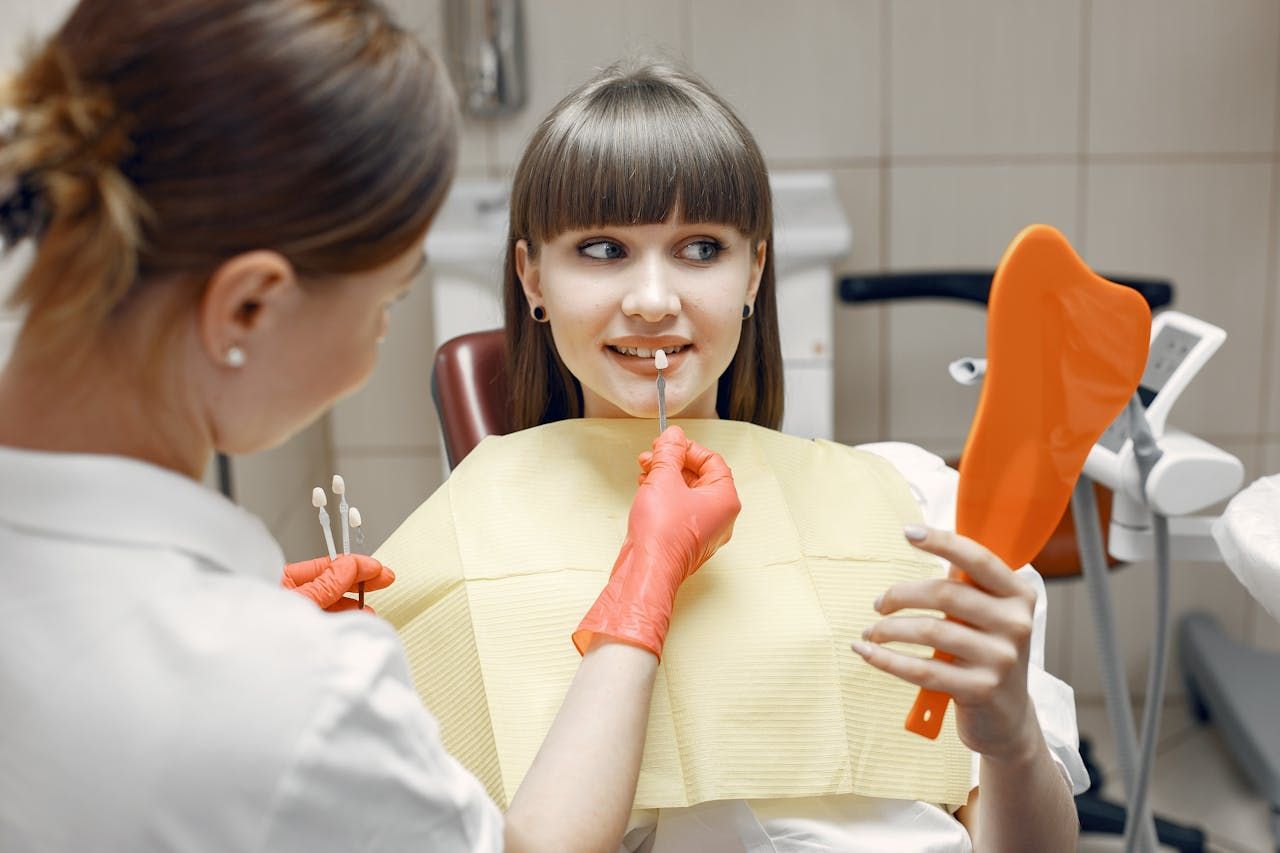Ways To Prevent Tooth Decay In Children And Teenagers
Parents in Lynn know the daily rush of school drop-offs, homework, and trying to squeeze in one more load of laundry. With all that, it's easy to forget that strong daily habits shape long-term health, and that includes what's going on inside your child’s mouth. Tooth decay can sneak up without much warning, especially in kids and teens. It often starts small—maybe a sensitive tooth or an annoyed comment about pain when eating ice cream—but it can build into something much bigger if it goes unchecked.
While cavities are common, they aren’t something that should just be accepted as part of growing up. Taking a more active role in preventing tooth decay can help your child avoid discomfort or future dental work. The good news is that prevention doesn’t have to be hard. A handful of daily routines, paired with smart choices, can make a real difference in supporting their dental health in Lynn. By teaching kids early how to care for their teeth the right way, you’re setting them up for a lifetime of healthy habits.
Encourage Healthy Eating Habits
Food choices matter for a lot more than just energy and growth. What your child eats plays a big part in their oral health too. Sugary snacks, sports drinks, and sticky treats can feed the bacteria in the mouth, which then produce acids that slowly wear down tooth enamel. Over time, that acid can lead to cavities, especially in back molars where it's easy for food to get trapped during meals or snacks at school.
Acidic foods and drinks can also be just as rough on enamel. Even seemingly harmless things like fruit juices or flavored water can raise the chances of tooth decay if your child sips them throughout the day. If these are part of your child’s regular diet, think about making a few swaps.
Some kid-friendly choices that are easier on teeth include:
- Cheese sticks or slices, which help neutralize acid and add calcium
- Crunchy fruits and veggies like apples and carrots that help scrub the teeth
- Nuts and plain yogurt for their lower sugar content
- Water flavored with slices of cucumber or berries as an alternative to juice boxes
Make water the go-to drink at meals and throughout the school day. Sending a reusable water bottle in your child’s backpack is a small step that makes a big difference. If they need a reminder, try placing a fun sticker on the bottle with a smiley face or their favorite cartoon.
Healthy eating habits are about balance, not perfection. Skip the food shaming, and instead make better choices available. If there’s a bag of candy in the house after Halloween or a game-day celebration, focus on brushing soon after rather than trying to take the snacks away completely.
Teach Proper Brushing And Flossing Techniques
Brushing has probably been part of the daily routine since your child was a toddler, but sometimes old habits stick—even when they don’t work well. Quick or sloppy brushing doesn’t help much, especially if your child is missing key spots like the back molars or the gumline. That’s where bacteria like to settle in and start causing problems.
A good brushing routine comes down to three things: timing, tools, and technique. Your child should brush at least twice a day, once in the morning and again before bed. Each brushing session should last around two minutes. That might sound long to some younger kids, but using a toothbrush with a timer or playing a favorite song that runs about two minutes can help them track the time without thinking too much about it.
Here’s what proper brushing looks like:
- Use a soft-bristle toothbrush and a pea-sized amount of fluoride toothpaste
- Angle the brush slightly toward the gums
- Use gentle circles instead of back-and-forth scrubbing
- Make sure to brush all sides of each tooth, plus the tongue
Flossing usually gets skipped, especially by younger kids. But it’s the only way to clean the tight spaces between teeth where food and plaque hide. For smaller hands, floss picks may be easier to manage than string floss. By the time children are 8 to 10 years old, most of them can floss well alone with a little guidance now and then.
Teaching children how to care for their teeth isn’t something that happens overnight. It takes repetition, patience, and an occasional reminder. Stay positive, celebrate small wins, and praise the effort, not just the results. The goal here isn’t perfect brushing. It's helping them build habits that last well into their teenage years and beyond.
Schedule Regular Dental Check-Ups
Even with careful brushing and a good diet, kids still need regular visits to the dentist. These check-ups are a key part of catching early signs of decay and making sure everything stays on track. Cleanings help remove buildup that toothbrushes can’t reach, while exams give the dentist a chance to catch things parents or kids might miss.
Starting these visits young and keeping them predictable helps take the fear out of the process. If your child knows what to expect and gets comfortable with the routine, future appointments usually go much smoother. It also sends the message that dental care is normal and necessary, not something to be avoided until there's a problem.
Regular appointments also come with extra tools to help strengthen teeth. Fluoride treatments, for example, give an extra layer of protection to growing enamel. And for kids whose molars are fully in, sealants can be a game changer. These are thin protective coatings applied to the chewing surfaces of the back teeth, where food and bacteria love to hide. Sealants can make it harder for decay to take hold.
The trick is staying consistent. Just like yearly physicals or seasonal check-ups, dental visits need to be part of the schedule. Even if everything looks fine on the outside, regular appointments build the foundation for lifelong dental health.
Limit Sugary Snacks And Drinks
Kids love their sweets, but teeth do not. The problem isn't just what they're eating — it's how often. Snacking all day keeps sugar levels in the mouth high, giving bacteria more chances to create acid and, eventually, cavities.
That doesn’t mean stripping treats completely. It’s more about cutting back on how often they’re eaten and what types you offer. Some snacks, especially sticky candies or fruit snacks, cling to the teeth and can do more harm than you might think. The longer food sits on the surface of a tooth, the more time bacteria have to feed and grow.
Try using these tips to stay ahead of the sugary snack cycle:
- Serve sweet treats at mealtime when saliva production is higher, which helps wash the sugar away faster
- Avoid keeping sugary snacks easily accessible between meals
- - Have a go-to list of better snack choices like whole fruits, plain crackers, cheese cubes, and nuts
- Swap out soda or sports drinks for flavored water or milk
- Read labels together and let kids be part of choosing better snack swaps
Small changes can add up. If your family typically wraps up the school day with a cookie or two, try saving those sweets for after dinner so they fall within a regular brushing cycle. Simple tweaks like storing snacks in harder-to-reach spots or offering fruit slices before offering a treat can help make those better choices easier.
Addressing Dental Health Concerns Early
When something feels off, listen to your child. Kids don’t always have the words to describe dental pain, and teens might brush off little issues, hoping they’ll go away on their own. But small signs like tooth sensitivity, gum swelling, or even just avoiding certain foods can point to something going on under the surface.
Catching these changes early is key. Tooth decay in its first stage is much easier—and less expensive—to manage. Waiting too long could mean a simple fix becomes a bigger treatment. So pay attention if your child winces during meals or starts avoiding crunchy or cold foods.
Here are a few common signs to watch out for:
- Complaints about pain when chewing or brushing
- Teeth that look darker or slightly discolored
- Bad breath that doesn’t go away after brushing
- Swollen, red, or bleeding gums
- A sudden increase in sensitivity to hot or cold foods
Creating a space where your child feels safe talking about discomfort helps a lot. Avoid blaming or scolding when they mention pain. Instead, treat it like any other health concern and talk through the next steps together. When kids feel heard and supported, they’re more likely to speak up the next time they sense something’s off.
Giving Your Child More Reasons To Smile
Building good dental habits isn’t about being perfect. It’s about doing better when we can and making smarter choices part of everyday life. From brushing routines to snack swaps and regular appointments, it all adds up to protect your child’s teeth now and as they grow.
Every part of your child’s routine matters. The foods they eat, how they brush, and even how they talk about pain all shape their attitude toward dental health down the line. That’s why it’s so important to set up habits that are easy to stick with, not just rules they want to cheat around.
Fall is a great time to revisit your child’s dental care habits. School’s in session, routines are finally settling in, and there's less of the unpredictability that summer brings. Whether your child is starting kindergarten or heading into high school, it’s never too late—or too early—to care more about their dental health in Lynn. A few changes now can make a huge difference in how confident they feel each time they smile.
Ensuring that your child develops strong dental habits today sets the stage for a lifetime of healthy smiles. To support your family’s long-term oral care, learn more about how to maintain strong dental health in
Lynn. The team at Seaport Family Dentistry is here to offer personalized guidance and comprehensive care every step of the way.


